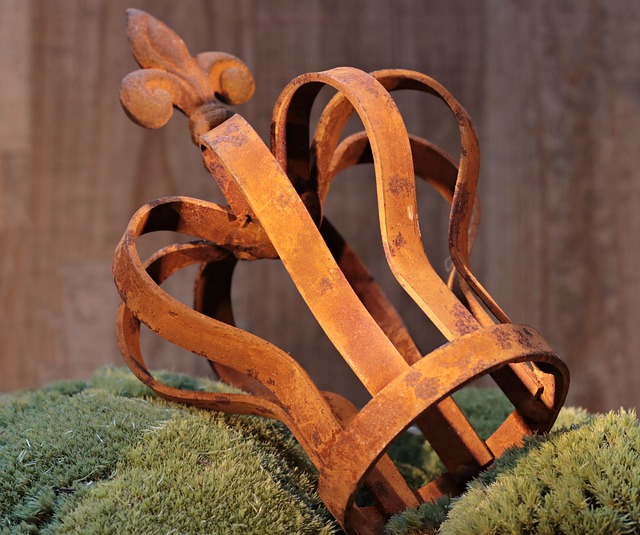Rust damage can severely impact vehicle condition, emphasizing the importance of early intervention using appropriate Select Rust Repair methods. Assess rust extent from surface to structural for tailored solutions. Home remedies treat minor issues, while severe cases demand professional industrial strength inhibitors. Proper ventilation and patience are crucial during repair. Tailored approaches protect metal and wood surfaces, preventing future corrosion. Regular care, inspections, and correct products maintain vehicle condition, forestalling rust return.
Transforming a rusty vehicle into a sleek, reliable machine is an art. Rust, a common enemy of automotive enthusiasts, can severely impact a car’s aesthetics and performance. This article guides you through the process of selecting the best rust repair techniques, from assessing damage to choosing the right materials. We’ll walk you through effective removal methods, surface restoration, and final touches, ensuring your vehicle not only looks new but also remains that way with proper maintenance tips.
- Understanding Rust and its Impact on Vehicles
- Assessing the Extent of Rust Damage
- Choosing the Right Rust Repair Techniques
- Materials and Tools for Effective Rust Removal
- Restoring and Protecting the Vehicle's Surface
- Final Touches and Maintenance Tips for a Lasting Transformation
Understanding Rust and its Impact on Vehicles
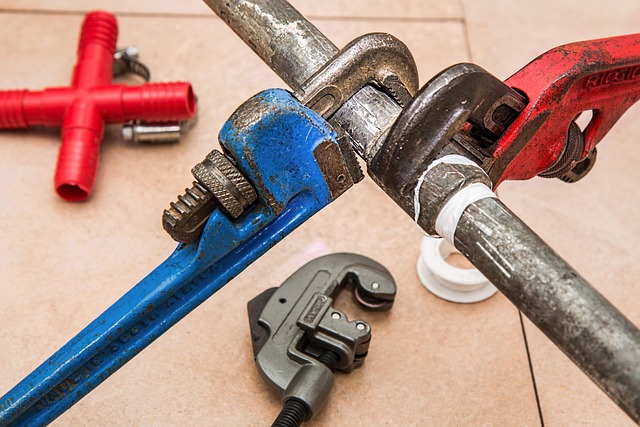
Rust is a natural process that occurs when certain metals, like iron and steel, are exposed to moisture and oxygen over time. This chemical reaction leads to the breakdown of the metal’s surface, resulting in a reddish-brown oxide we commonly associate with rust. In vehicles, especially those left unused or poorly maintained, rust can have devastating effects, compromising structural integrity and causing widespread damage. It’s essential to address rust early to prevent its relentless advancement, which can be a challenging yet rewarding endeavor.
Selecting the right rust repair method is crucial in combating this persistent issue. While some may opt for home rust removal tips or how to stop rust naturally, severe cases often require professional intervention using industrial strength rust inhibitors. These inhibitors create a protective barrier on metal surfaces, preventing further oxidation and offering long-lasting solutions. By understanding the impact of rust and choosing appropriate repair strategies, vehicle owners can ensure their rides remain in top condition, even after prolonged exposure to harsh environmental conditions.
Assessing the Extent of Rust Damage
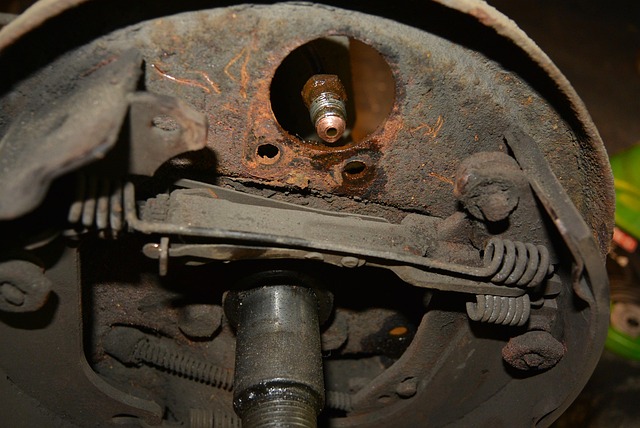
Before diving into any restoration project, it’s crucial to assess the extent of rust damage on your vehicle. This initial evaluation will guide your decision-making process and help determine whether minor repairs or a complete transformation is required. Start by conducting a thorough visual inspection, looking for signs of surface rust, peeling paint, and any structural weaknesses. Check underbody components like frames, suspension systems, and exhaust pipes, as these areas often accumulate rust over time.
If the rusted parts are limited to the surface or minor areas, you might consider using home rust removal tips such as natural rust remover solutions like white vinegar or lemon juice mixed with salt. However, for more severe cases, especially where rust has compromised structural integrity, it’s best to opt for professional rust repair services. These experts have the tools and knowledge to address deep-seated rust effectively, ensuring a safer and more reliable vehicle in the long run.
Choosing the Right Rust Repair Techniques
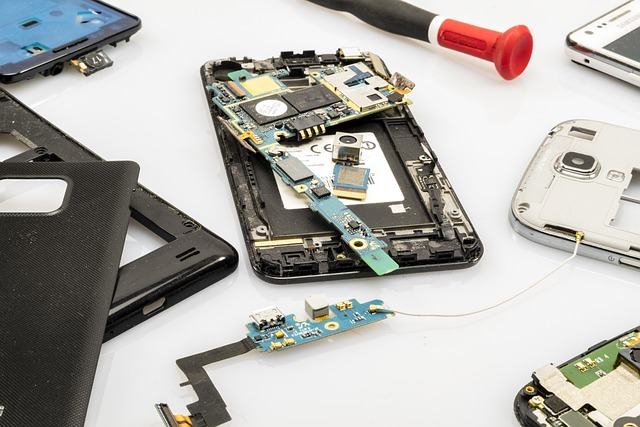
When embarking on a rusty vehicle transformation, selecting the right rust repair techniques is paramount. The first step involves assessing the extent of the rust damage and identifying which areas require attention. This could range from minor surface rust to more severe structural issues. For home repair enthusiasts tackling smaller, localized rust spots, applying metal surface rust treatments or using rust proofing materials can be effective solutions. These products help to shield vulnerable metal surfaces and prevent further corrosion.
For more significant repairs, especially where structural integrity is concerned, professional intervention might be necessary. Specialized rust removal processes, including sandblasting and chemical strippers, are designed to tackle deep-seated rust effectively. Once the rusted areas are thoroughly cleaned and prepared, applying high-quality coatings and primers becomes crucial. These not only restore the metal’s appearance but also serve as a protective barrier against future corrosion, ensuring a longer lifespan for your vehicle’s exterior.
Materials and Tools for Effective Rust Removal
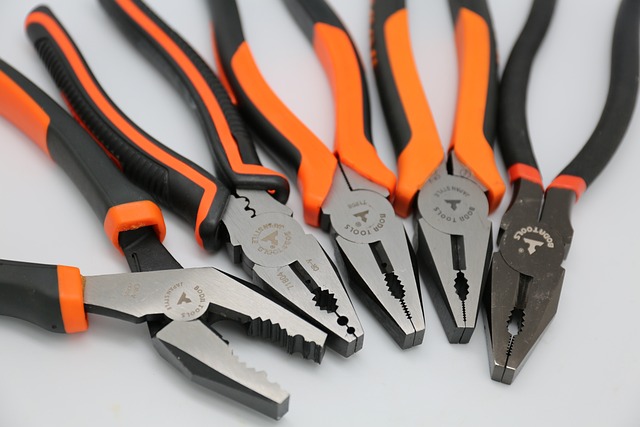
When tackling a rusty vehicle transformation, selecting the right materials and tools for effective rust removal is paramount. The first step involves assessing the extent of the rust and choosing appropriate solvents or techniques to address it. For surface-level rust, a combination of wire brushes, sandpaper, and rust remover chemicals can be highly effective. These tools help in physically scraping away loose rust and preparing the metal surface for repair.
For more deep-set rust stains and metal corrosion repair, consider using specialized auto body rust fix solutions or products designed to penetrate and dissolve stubborn rust. Removing these deep set rust stains requires patience and persistence, but it’s crucial for achieving a solid foundation for subsequent painting or coating. Remember that proper ventilation is essential during the removal process due to the potentially hazardous nature of some rust removal chemicals.
Restoring and Protecting the Vehicle's Surface
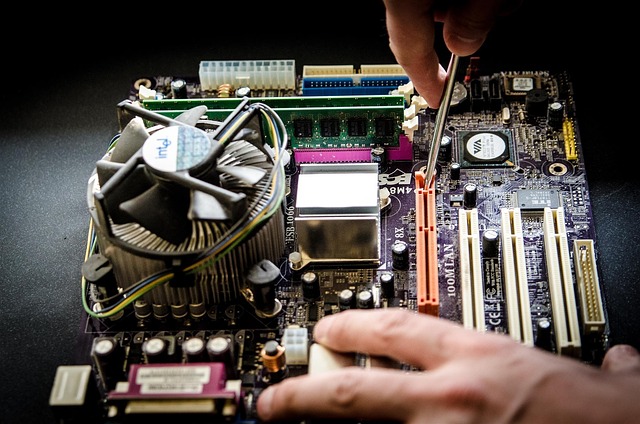
Restoring a rusty vehicle involves careful attention to detail, especially when it comes to protecting its surface. The first step is to select the right rust repair method. There are various remedies for rust on metal surfaces, such as using specialized rust removal products or applying protective coatings like epoxy or zinc-rich primer. These strategies can effectively prevent further corrosion and serve as a durable barrier against future rust formation.
For wood components, home rust removal tips may include sanding down the affected areas and applying appropriate treatments to restore their original condition. Effective rust prevention strategies involve regular cleaning and sealing, ensuring proper drainage, and using moisture barriers to safeguard the vehicle from environmental factors that contribute to rust. By implementing these measures, you can transform a rusty vehicle into a sleek, well-protected machine.
Final Touches and Maintenance Tips for a Lasting Transformation
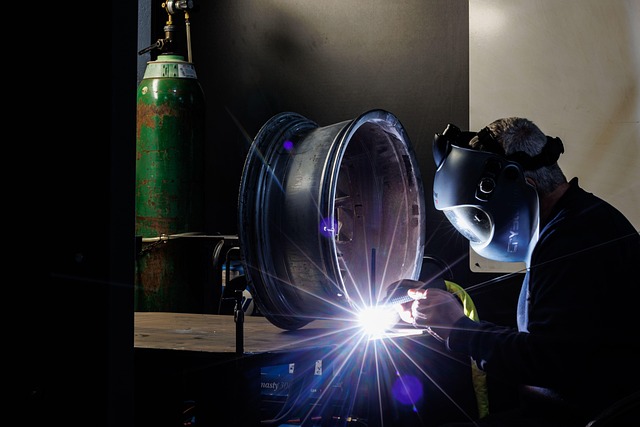
Once your rusty vehicle has been restored, it’s important to give it those final touches that will make it shine. This includes a thorough cleaning with specialized car shampoos and a protective coating to enhance its new look. Consider adding a layer of clear coat or wax, which not only adds depth and gloss but also provides an extra barrier against future rust formation. Regular washing and polishing will help maintain this fresh transformation.
Maintenance is key to keeping your vehicle in top condition. Regular inspections should include checking for any signs of corrosion, especially in hidden areas like door sills and frames. Using a suitable rust repair product, such as those designed for cars, can prevent and treat existing rust spots. Remember, how to stop rust naturally involves consistent care—restoring rusty furniture with the right products and techniques is equally crucial for longevity. The best rust preventative methods include keeping the vehicle clean, dry, and well-maintained, making it a priority in your routine upkeep.
Transforming a rusty vehicle into a reliable and aesthetically pleasing machine is achievable through proper understanding and application of rust repair techniques. By assessing damage, choosing the right tools, and implementing effective removal methods, you can restore your vehicle’s surface to its former glory. Remember, selecting the appropriate rust repair process tailored to your needs is key, ensuring both durability and long-lasting protection against future corrosion. With dedicated effort and the right knowledge, even the most rusted vehicles can undergo a remarkable metamorphosis.
